Not Just a 2-Part IT Fracture: High-Energy Pattern Requiring Open Reduction and Protection Nail
Score and Comment on this Case
Clinical Details
Clinical and radiological findings: A 44-year-old male involved in a motorcycle collision with a car, presenting with a closed, high-energy intertrochanteric femur fracture. Despite other injuries, the patient is cleared for definitive fracture management. Initial radiographs suggest a complex fracture pattern beyond a simple two-part intertrochanteric fracture, warranting further evaluation with traction radiographs to elucidate the fracture anatomy.
Preoperative Plan
Planning remarks: The preoperative plan involves an open reduction of the intertrochanteric fracture through a lateral approach to the proximal femur. The use of a reconstruction nail is planned due to the patient's high likelihood of repeat trauma, providing additional protection.
Surgical Discussion
Patient positioning: Supine position on a fracture table, allowing for traction and manipulation of the affected limb.
Anatomical surgical approach: A lateral approach to the proximal femur is utilized, involving an incision over the greater trochanter. The fascia lata is incised in line with the skin incision, and the vastus lateralis muscle is elevated subperiosteally to expose the lateral aspect of the proximal femur.
Operative remarks:The fracture pattern was more complex than initially anticipated, necessitating careful open reduction under direct visualization. Traction radiographs proved invaluable in understanding the true nature of the fracture. The decision to use a reconstruction nail was influenced by the patient's potential for future high-energy impacts, providing a robust fixation option.
Postoperative protocol: Early mobilization with toe-touch weight bearing for 6 weeks, progressing to partial weight bearing as tolerated. Emphasis on range of motion exercises and quadriceps strengthening.
Follow up: Not specified
Orthopaedic implants used: Reconstruction nail
Search for Related Literature
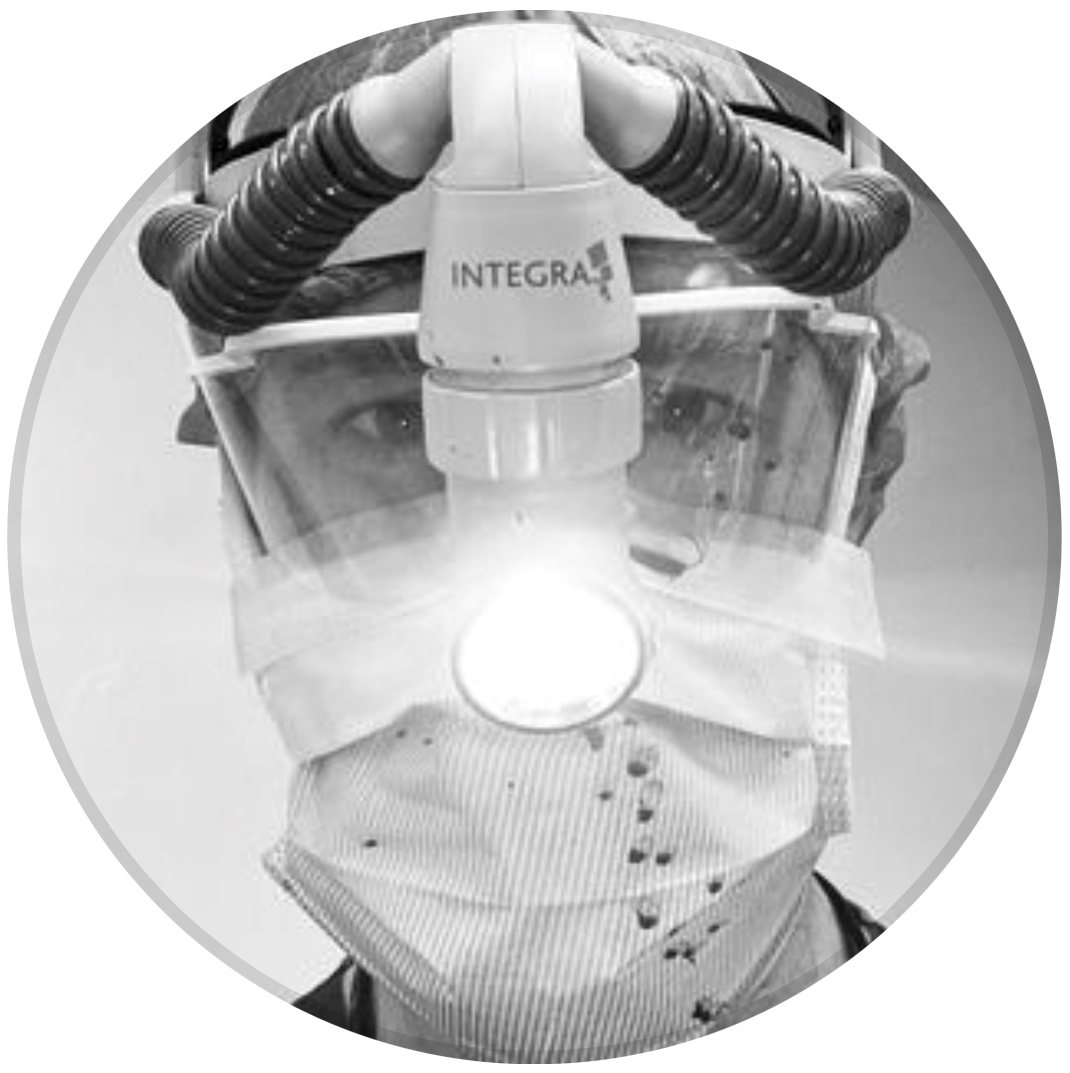
orthopaedic_trauma
- United States , Seattle
- Area of Specialty - General Trauma
- Position - Specialist Consultant

Industry Sponsership
contact us for advertising opportunities
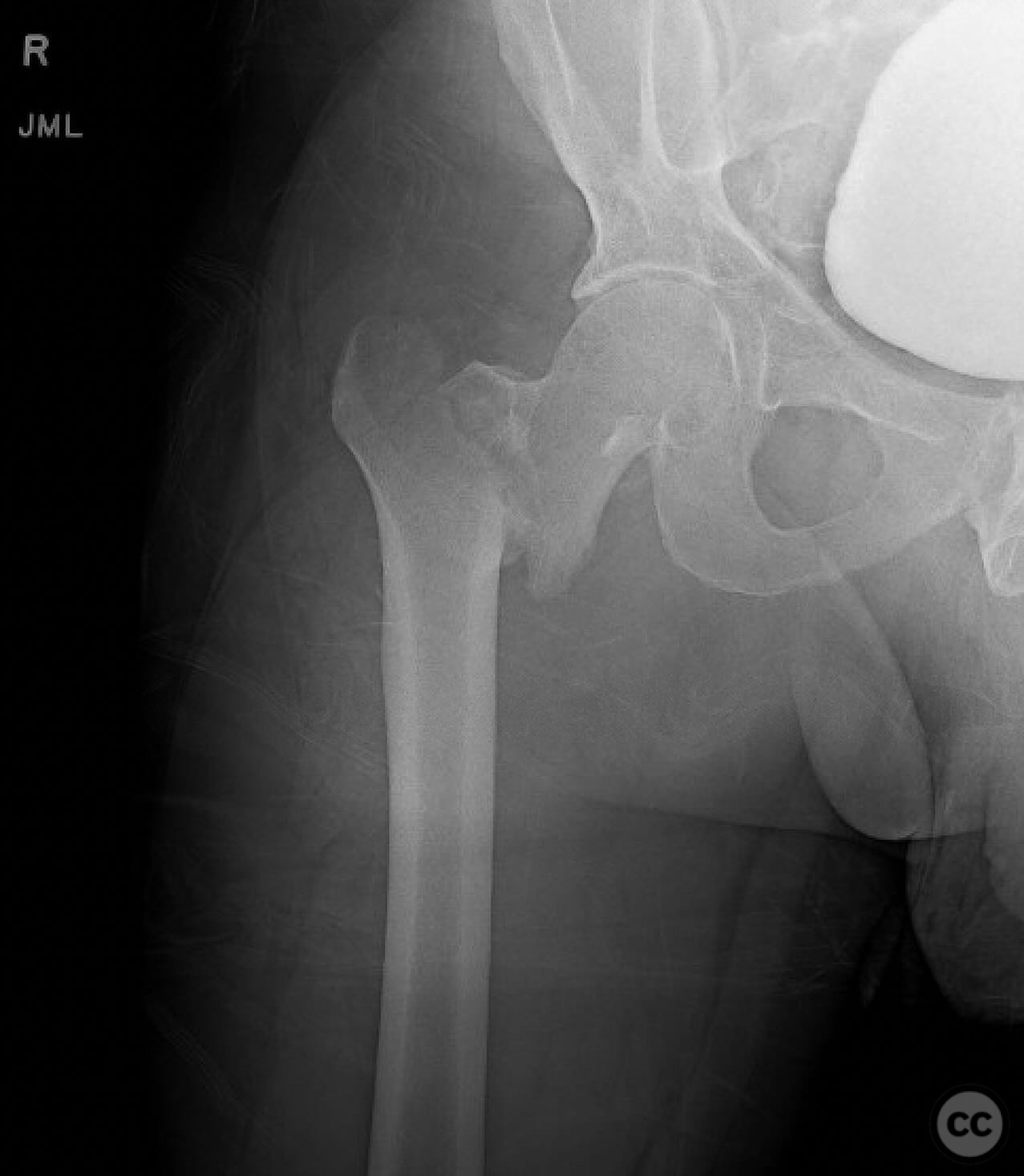
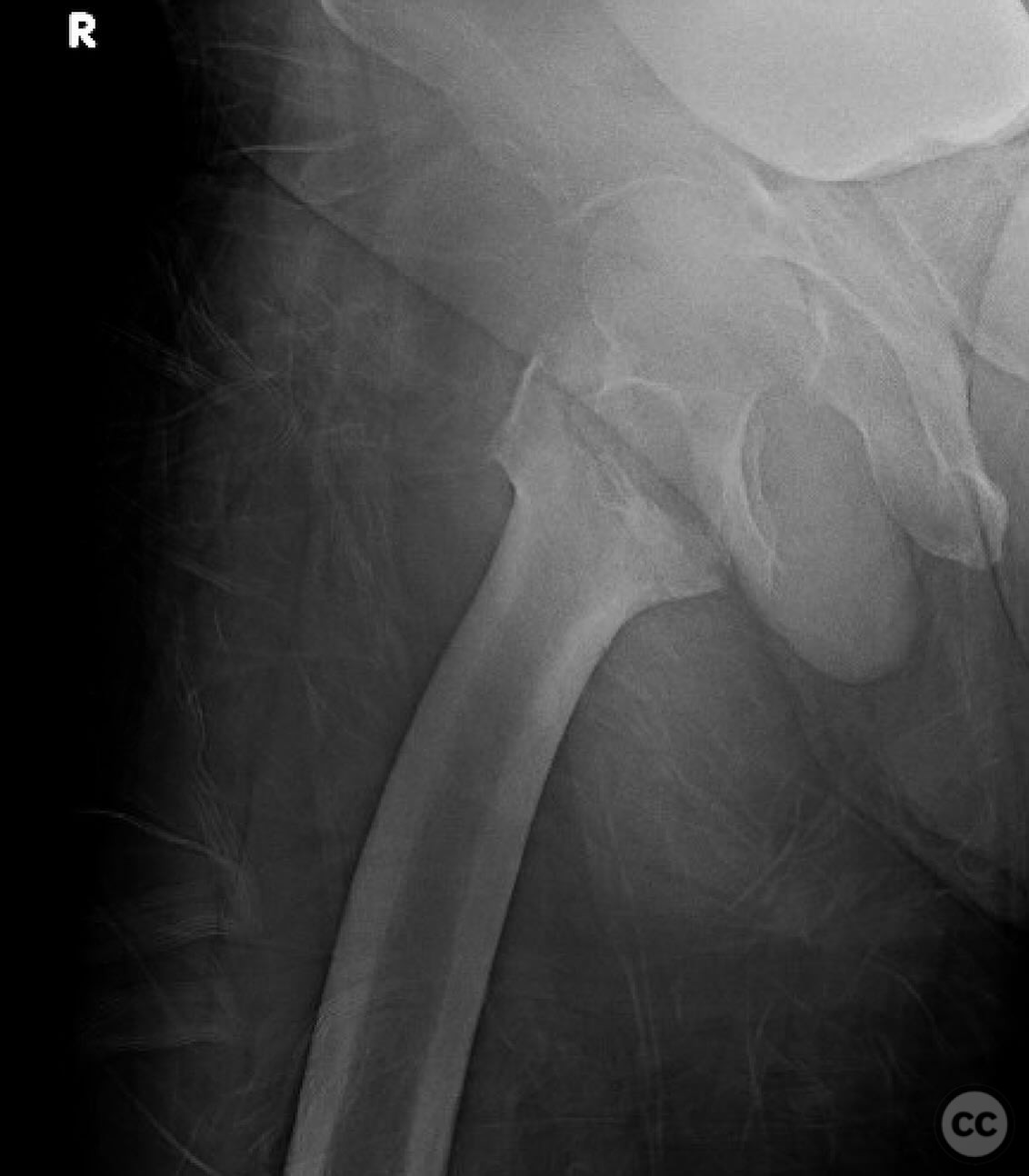

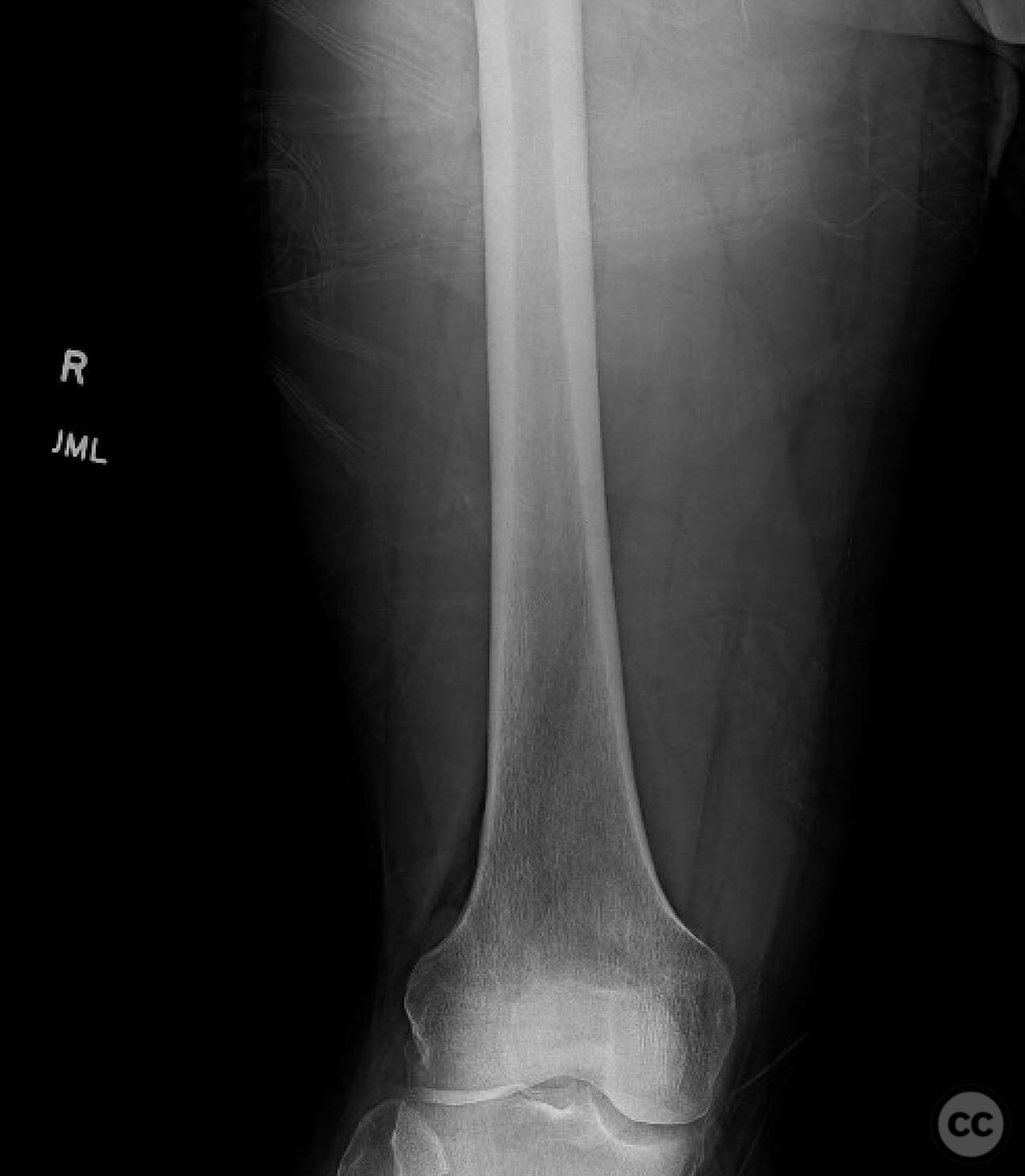
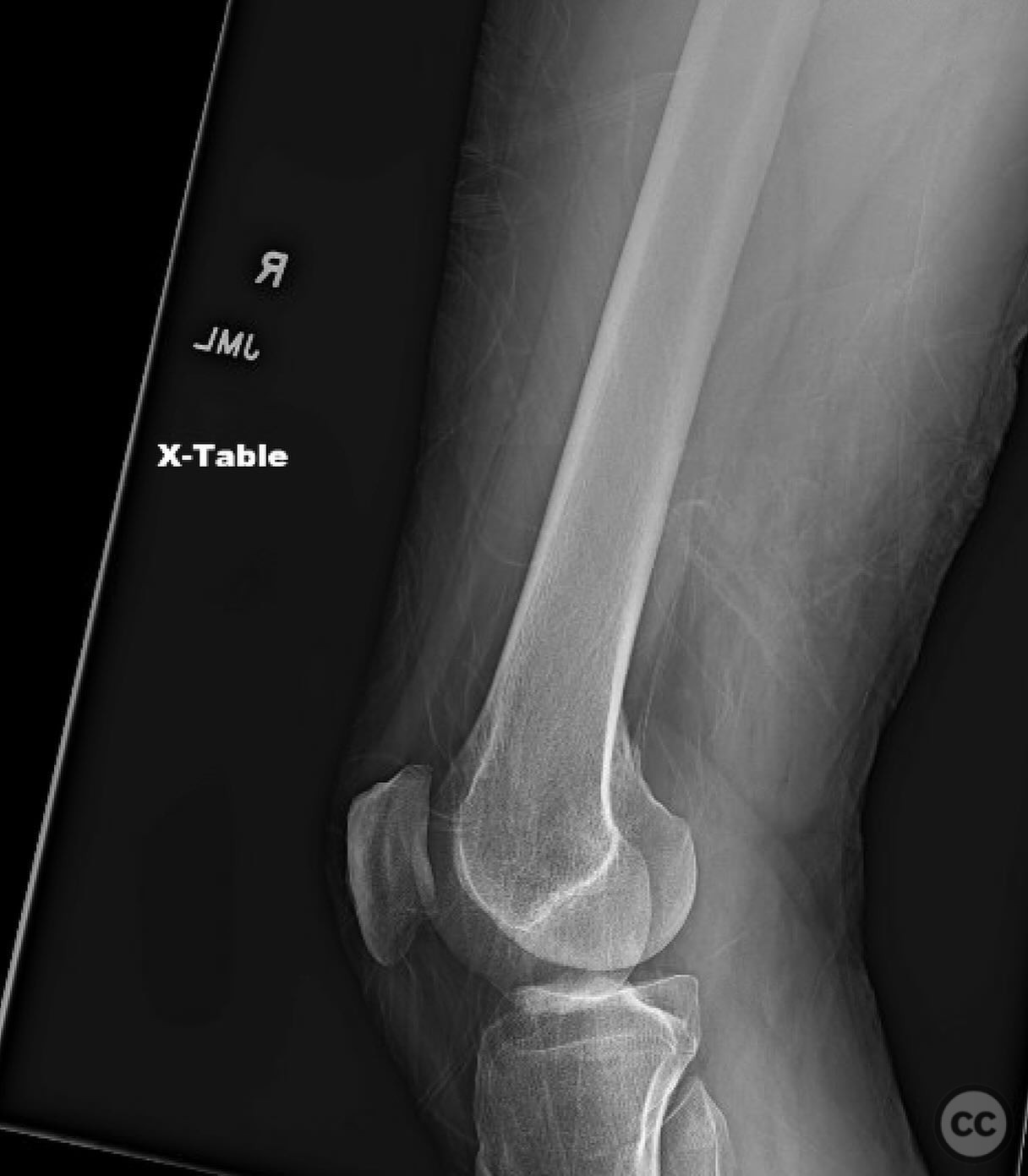
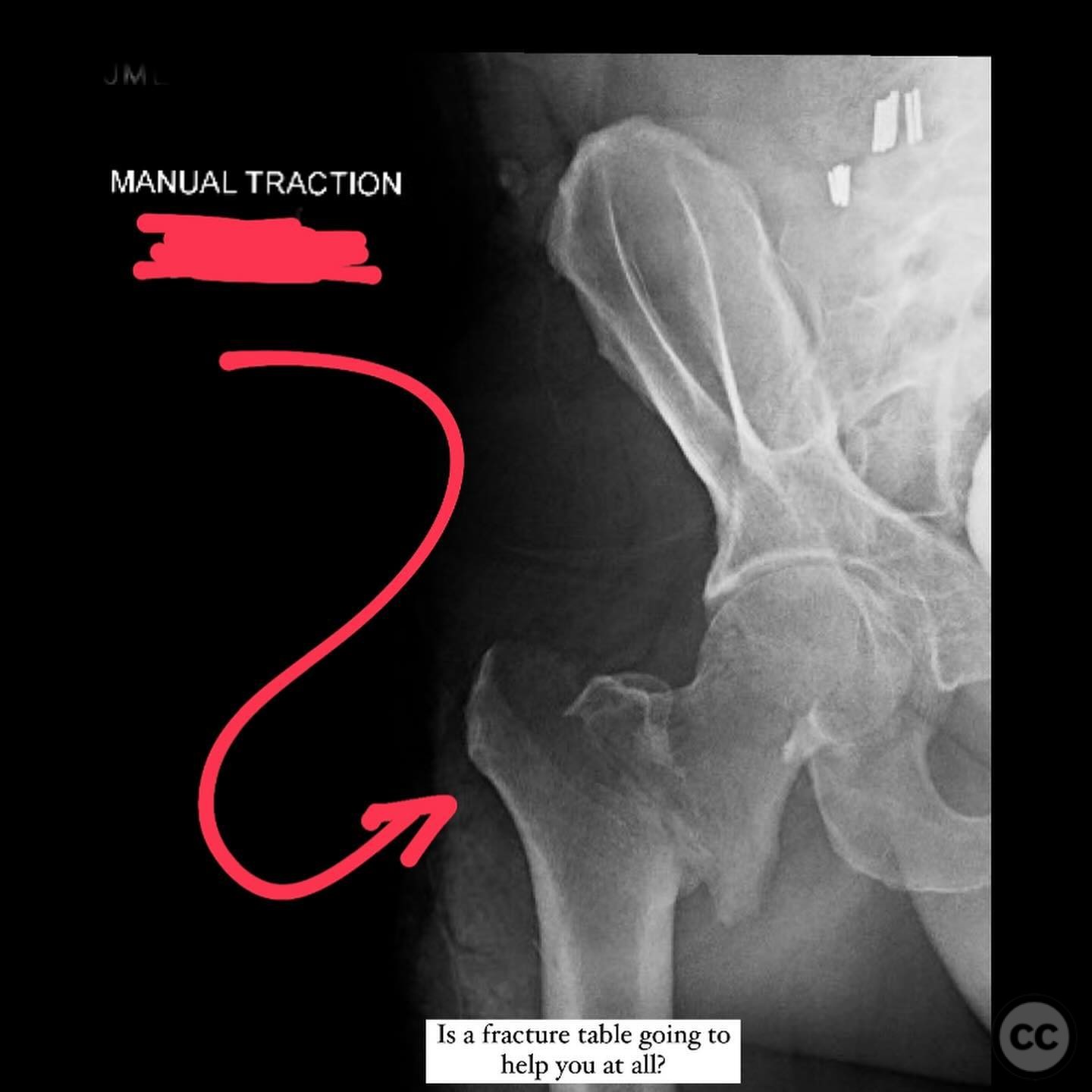
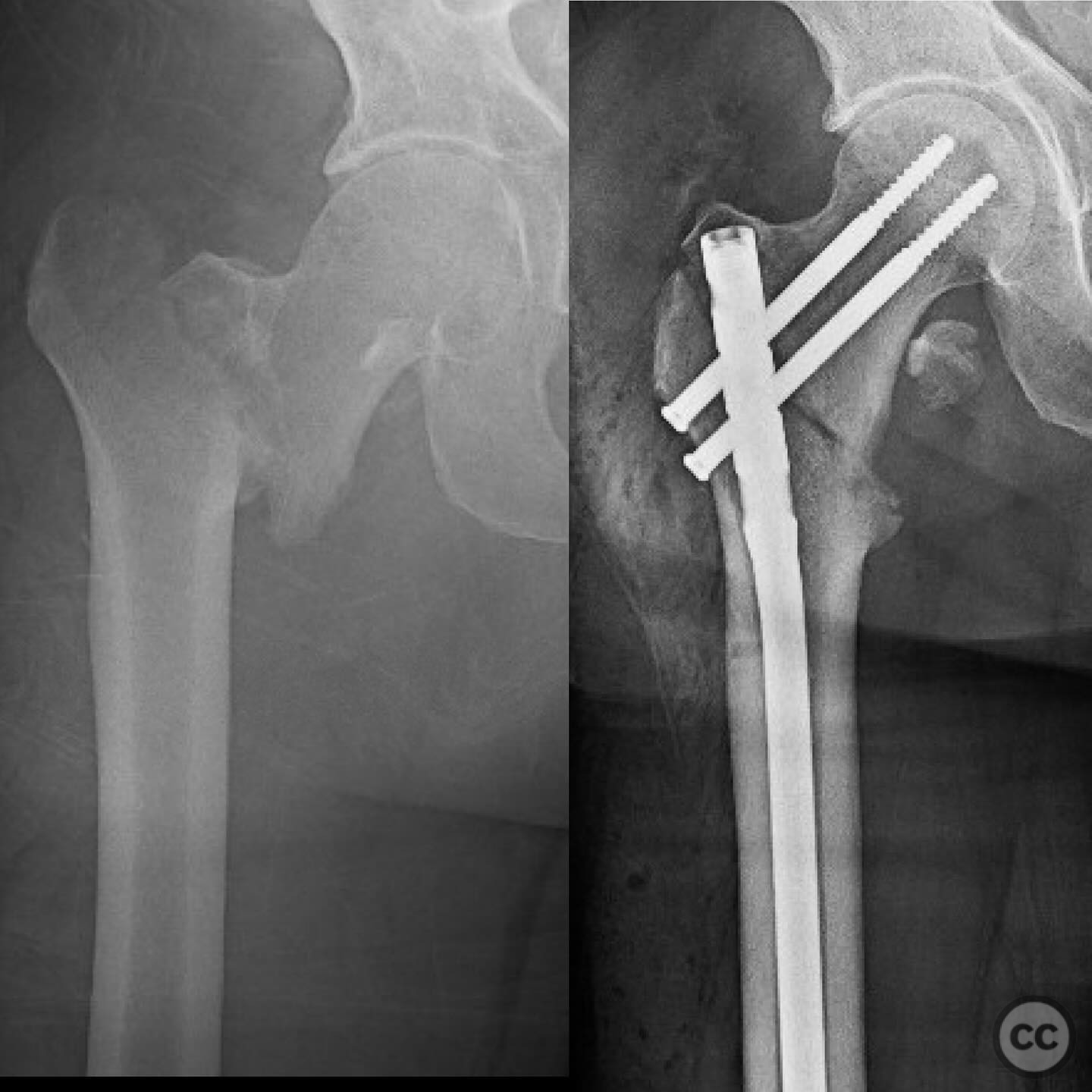
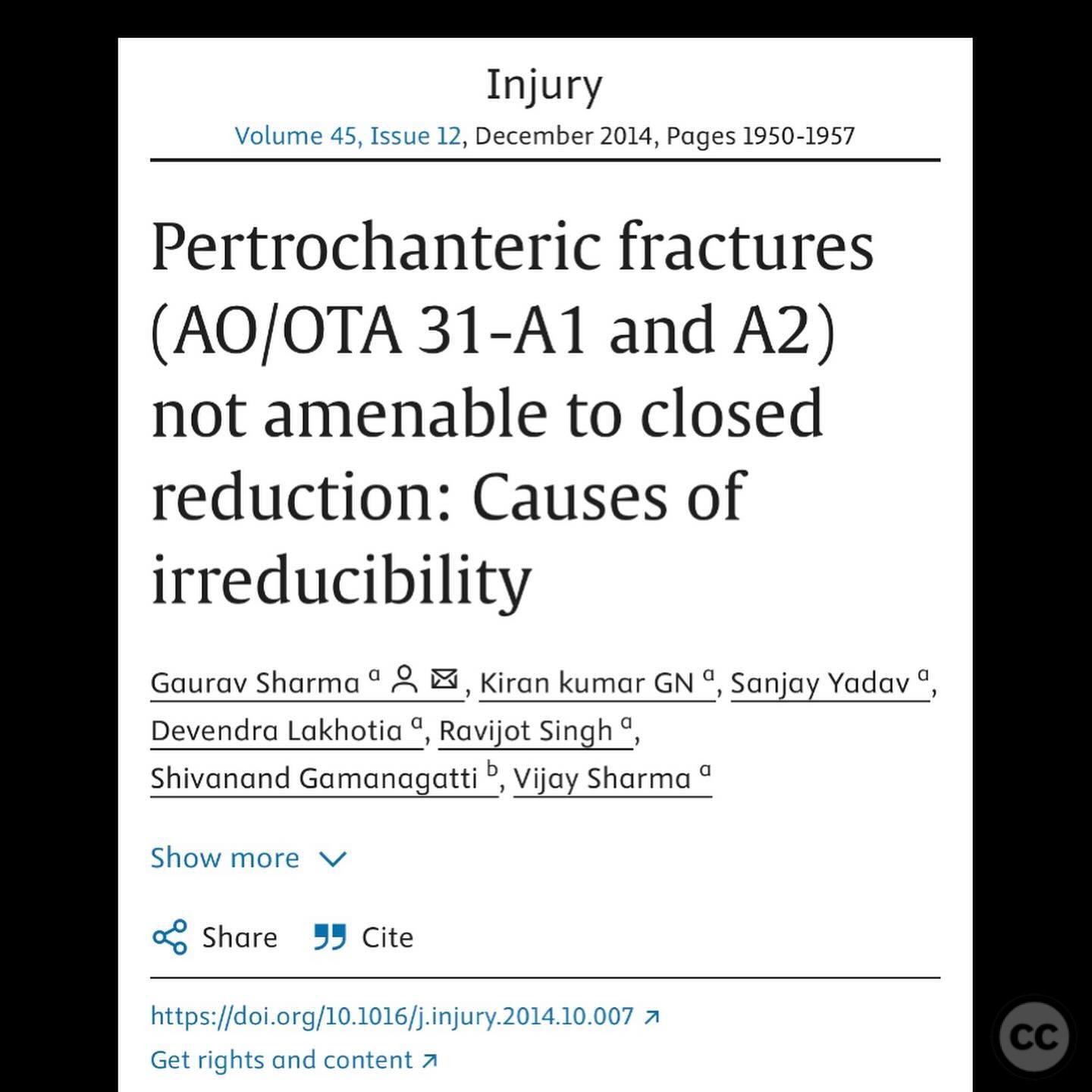
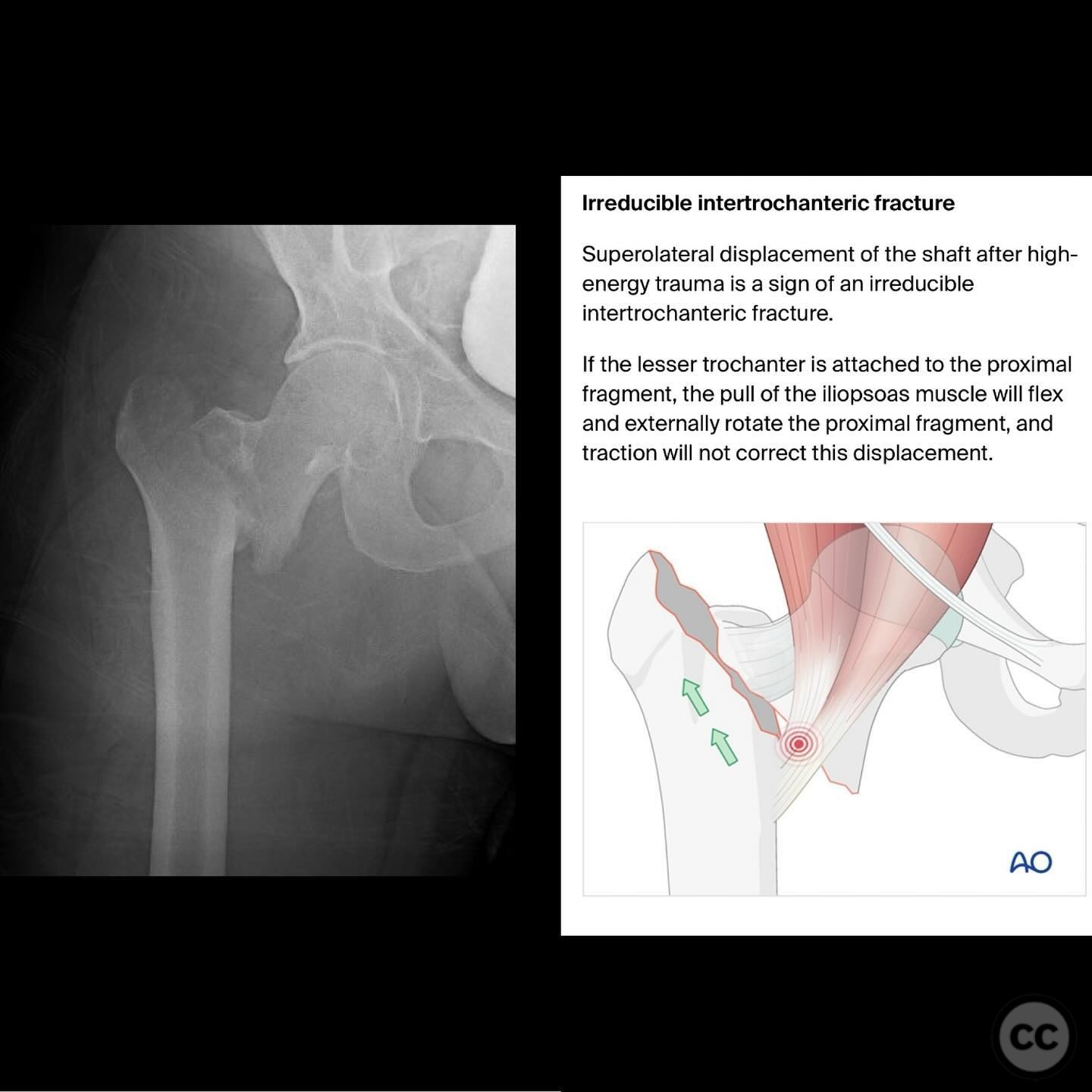
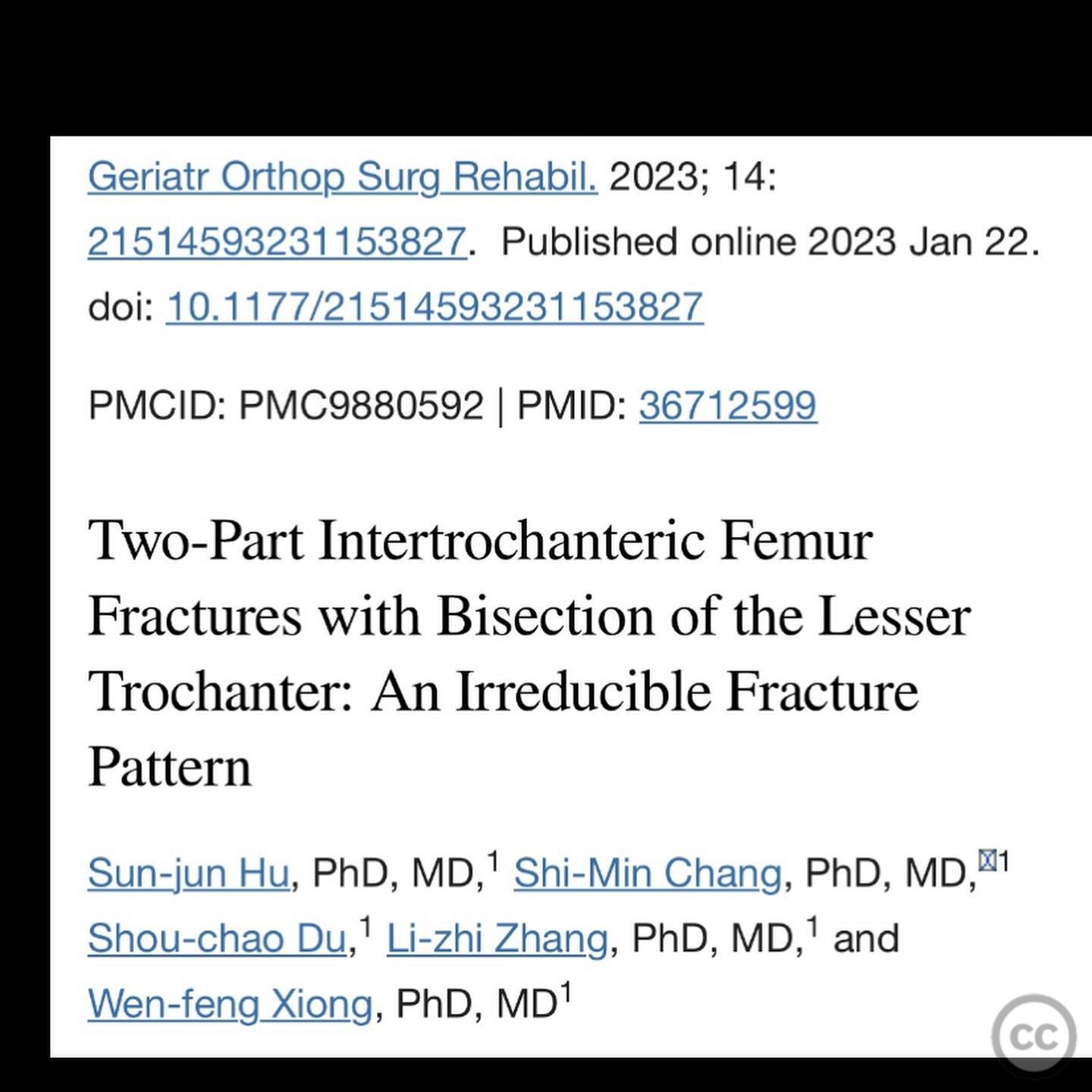
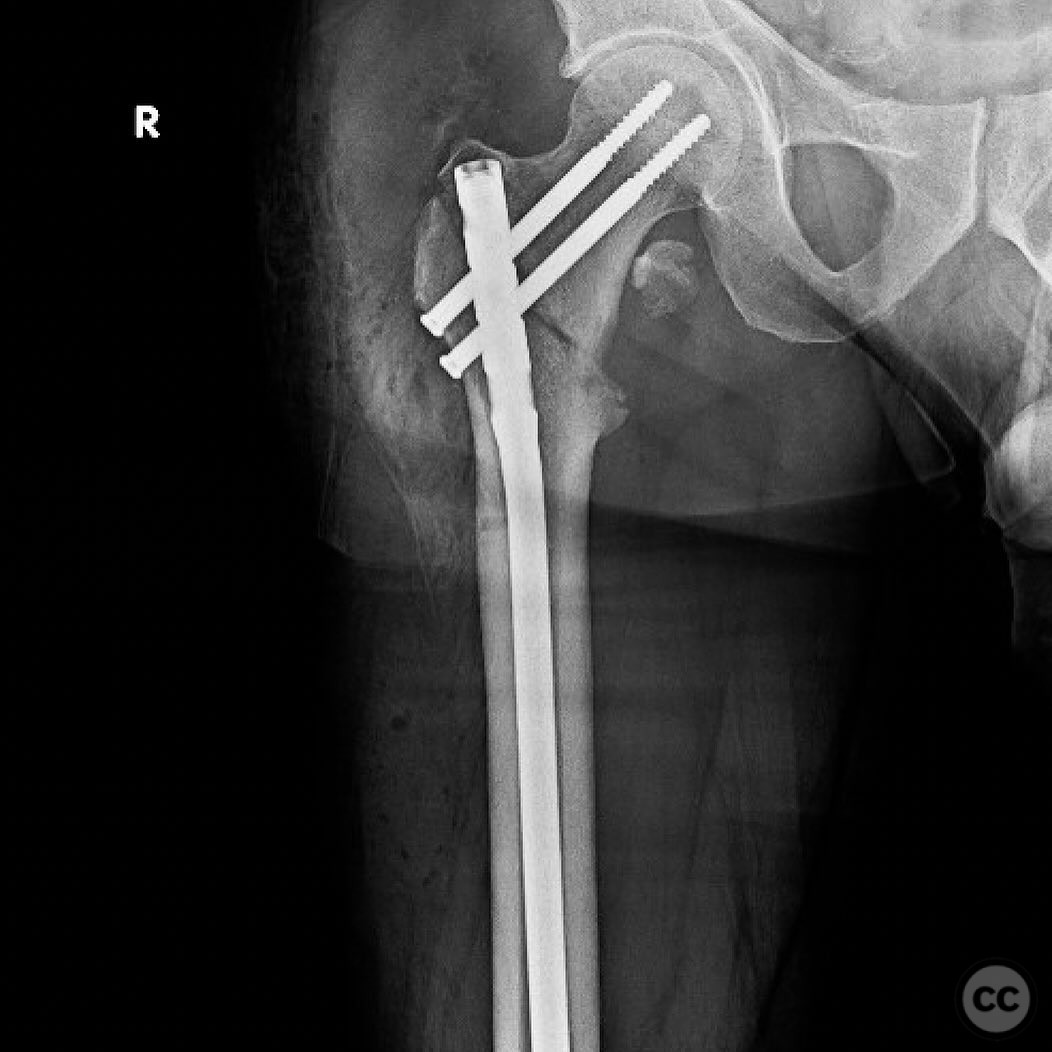
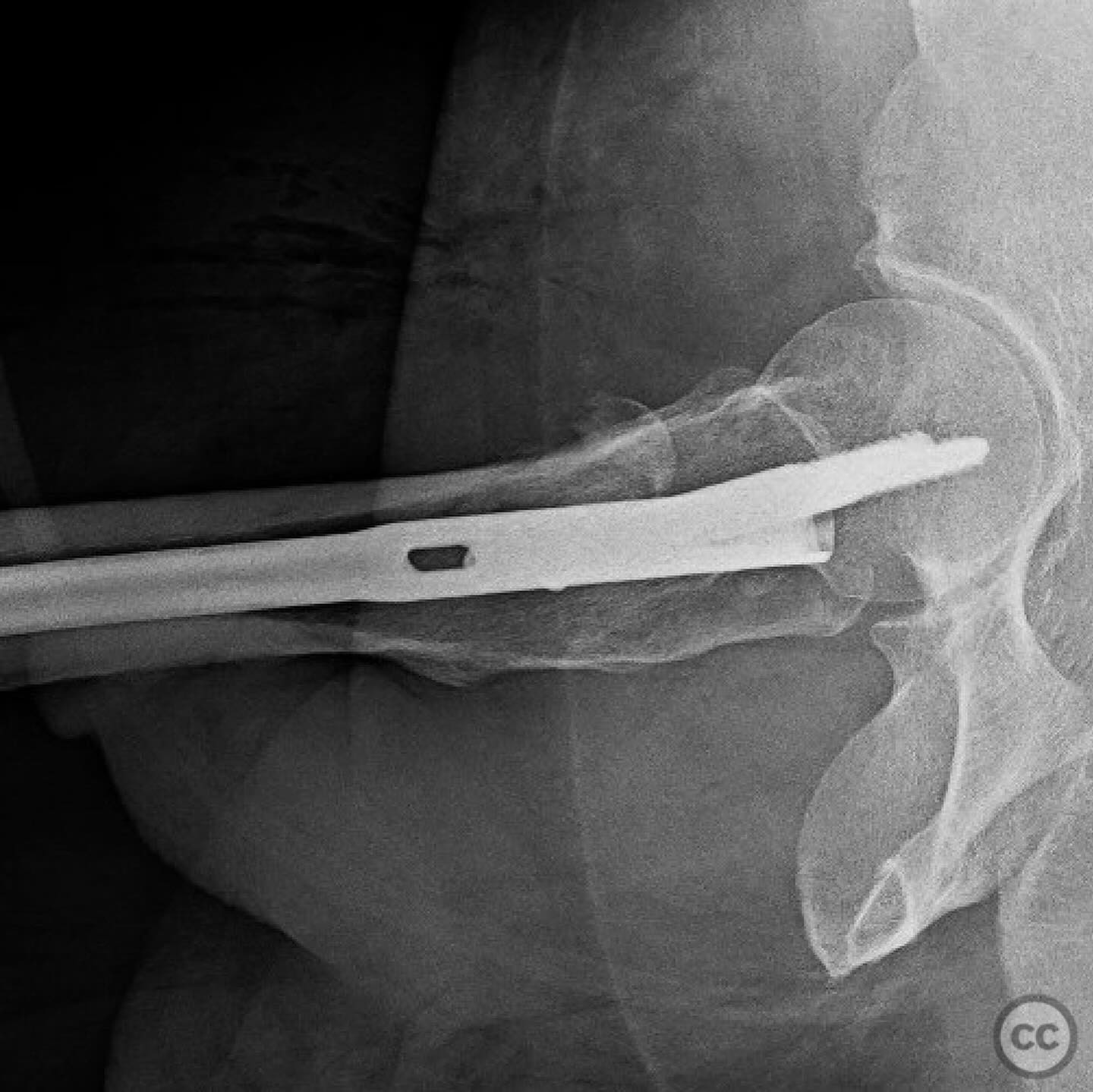
Article viewed 118 times
10 Jul 2025
Add to Bookmarks
Full Citation
Cite this article:
Surname, Initial. (2025). Not Just a 2-Part IT Fracture: High-Energy Pattern Requiring Open Reduction and Protection Nail. Journal of Orthopaedic Surgery and Traumatology. Case Report 7981278 Published Online Jul 10 2025.